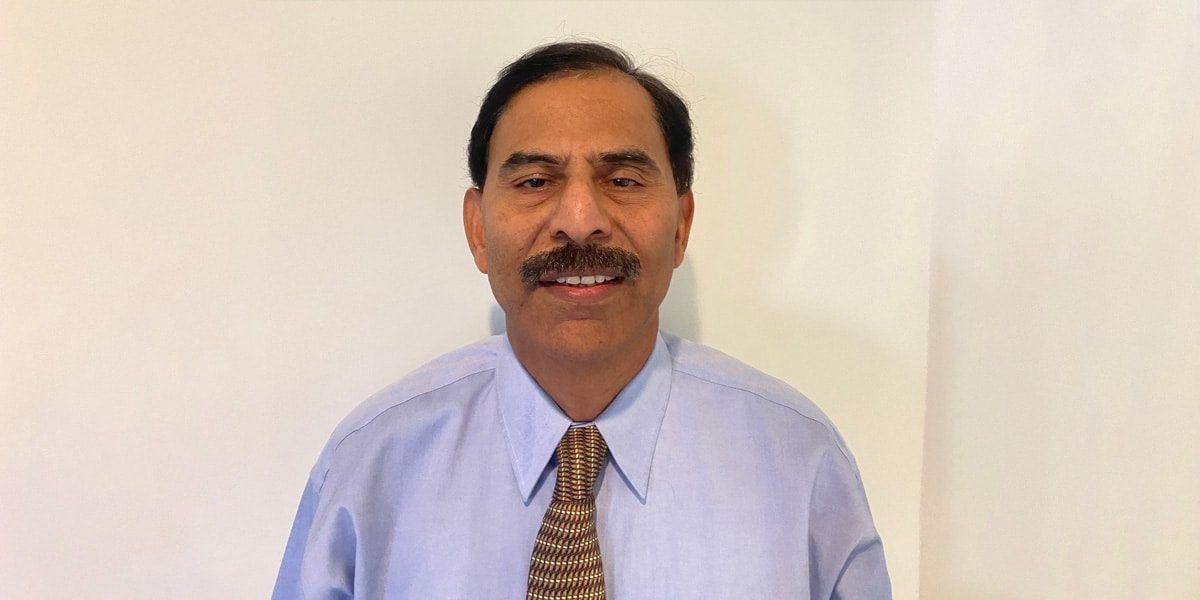By: Factfullguys
The name Sreekumar Raghavakaimal isn’t new in the realm of genomic sequencing, especially regarding diabetes and cancer research. But unlike most people in complex fields, Raghavakaimal’s career choice wasn’t inspired by a genome pioneer he had admired throughout his childhood. It was a product of a series of unfortunate life events.
Sreekumar Raghavakaimal was born and raised in Kerala, India, in a family of six. At an early age, he saw how prevalent diabetes was among his family members. Witnessing this firsthand and the tragic loss of his father and brother to cancer laid the foundation for his future career—one where an innate desire to understand what had led to these circumstances and scientific inquiry intersect.
How Did Sreekumar Raghavakaimal Start His Career?
Sreekumar Raghavakaimal’s career began at the University of Kerala. He pursued a Bachelor’s degree in Chemistry and Physics, graduating in 1991. Six years later, he graduated with a Master’s in Chemistry from the same institution. This period was vital to shaping his analytical skills and deepening his knowledge of chemical processes.
The pinnacle of his academic career happened in 1993. He graduated with his Ph.D. in Organic Chemistry from the Indian Institute of Technology, Chennai, India. His doctoral research was characterized by innovative experimentation and a keen acumen for organic compounds, which set the scene for his future scientific contributions.
Once he completed his Ph.D., Sreekumar Raghavakaimal joined the University of Wisconsin, Madison. There, he pursued his postdoctoral training in Bioorganic Chemistry & Physiology. During this time, Raghavakaimal took a particular interest in genomic programming related to finding the cure for diabetes and cancer.
What Challenges Did Dr. Sreekumar Raghavakaimal Face In His Early Career?
In his early career, Raghavakaimal faced various challenges. Before scientists discovered the human genome, they were restricted to low throughput assays, such as the RT-PCR approach, to study the molecular basis of diseases. For complex genetic diseases such as cancer and diabetes, using this approach was an uphill task.
Luckily, in 2001, there was a feat in the world of science that would also mark a defining moment in his career: the sequencing of human genomes. Scientists no longer had to use low throughput assays to understand the molecular basis for diseases.
This breakthrough in the field of science presented an opportunity for scientists and clinicians.
“I was lucky enough to apply the microarray-based approach. With it, you can simultaneously study the changes in the entire human genome using a small amount of RNA to learn about genetic alteration in diabetes and cancer,” Raghavakaimal explained.
The onset of genomic sequencing and the development of high-throughput genetic testing, such as proteomic and microarray, have significantly contributed to the early detection of diseases.
What Are Sreekumar Raghavakaimal’s Scientific Contributions?
Throughout his career, Raghavakaimal has been committed to keeping abreast of the latest developments in cancer research and genomic programming. He does so by regularly reading scientific journals and attending conferences in genomic programming. So far, he has published over 50 peer-reviewed publications in acclaimed national and international journals such as the Proceedings of the National Academy of Sciences d the Journal of Biological Chemistry.
Raghavakaimal isn’t merely keen on conducting research in his areas of interest. He is also committed to applying ethics in his field by maintaining the integrity of his research participants.
“The main goals of human research often include understanding real-life phenomena, studying effective treatments, and improving lives in other ways,” he states. “What you decide to research and how you conduct that research involve key ethical considerations such as protecting the rights of research participants, enhancing research validity, and maintaining scientific or academic integrity.”
What Misconceptions Does Raghavakaimal Face In His Line of Work?
Despite his achievements in the field, Sreekumar Raghavakaimal has faced various misconceptions in his day-to-day line of work. One of the most common misconceptions, he recounted, is that genomics is about rare diseases that have a small impact on public health. The second misconception he faces is that genetic factors are less important than environmental, behavioral, and social determinants of health.
What Are Raghavakaimal’s Thoughts on The Role of Genomics in The Future of Cancer Treatment?
Raghavakaimal is optimistic about the role of genomics in the cancer treatment revolution. He has witnessed its ability to offer solutions to conditions that previously could only be managed by medication.
However, he acknowledges that the field of cancer research still faces various limitations. He sees the need for a more comprehensive approach to gene expression profiling because the current methods, such as RT-PCR and microarrays, are limited as they often leave large swaths of the transcriptome unexplored. Addressing these gaps will be critical to advancements in cancer research.
He advises young scientists interested in this field to choose a motivating environment and a supervisor who will appreciate your service. He emphasizes the importance of learning the basic concepts and as many techniques as possible at the nascent stage of your career.
As for Raghavakaimal, he has seen this career evolve, especially since the sequencing of the human genome in 2001. But he also envisions a future where researchers, clinicians, and bioinformaticians apply technology such as AI. He anticipates that the application of AI to cancer genomics will promote the early detection of multi-cancer and easier determination of the site of origin for tumors. He said such developments can transform cancer screening, particularly for rare cancers. They can also enhance surveillance strategies for cancer survivors.
Through his work and contributions to the scientific field, he hopes that he can alleviate the suffering of those with genetic diseases such as diabetes and cancer as a way of commemorating the lives of those he lost to these genetic diseases.
Published By: Aize Perez

















